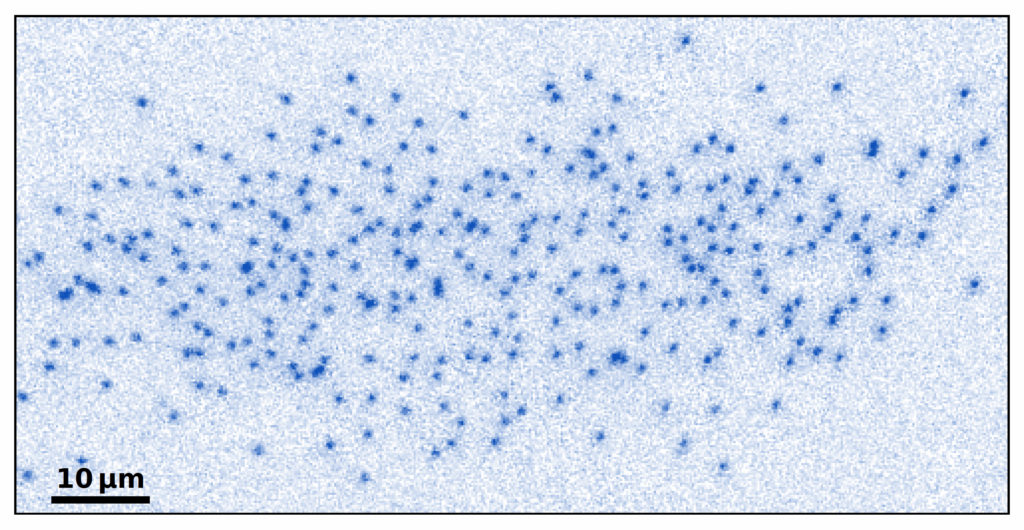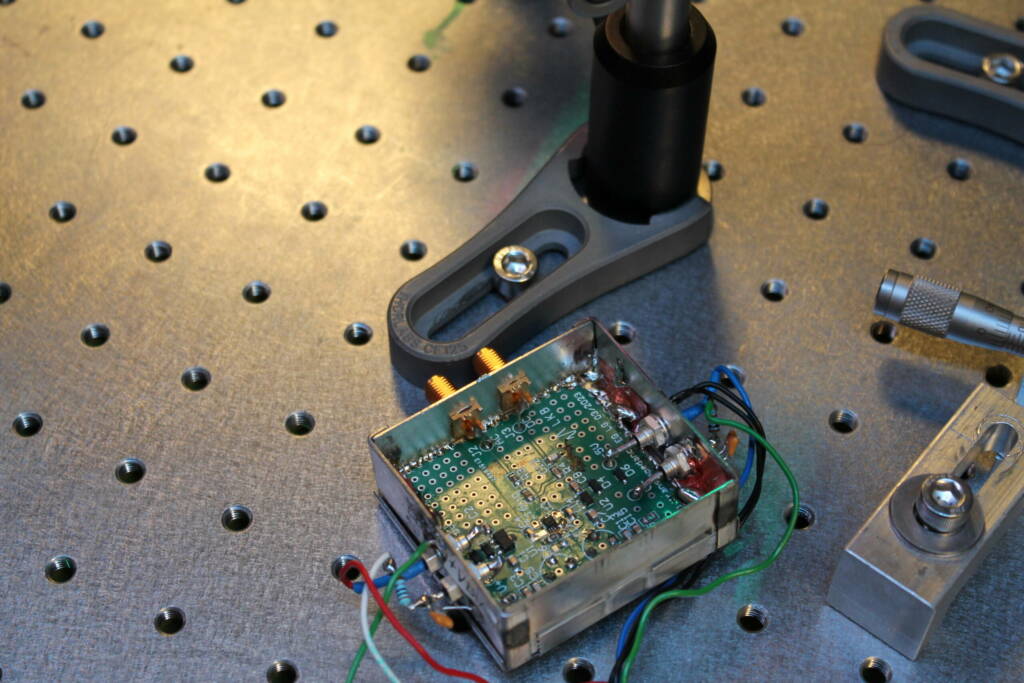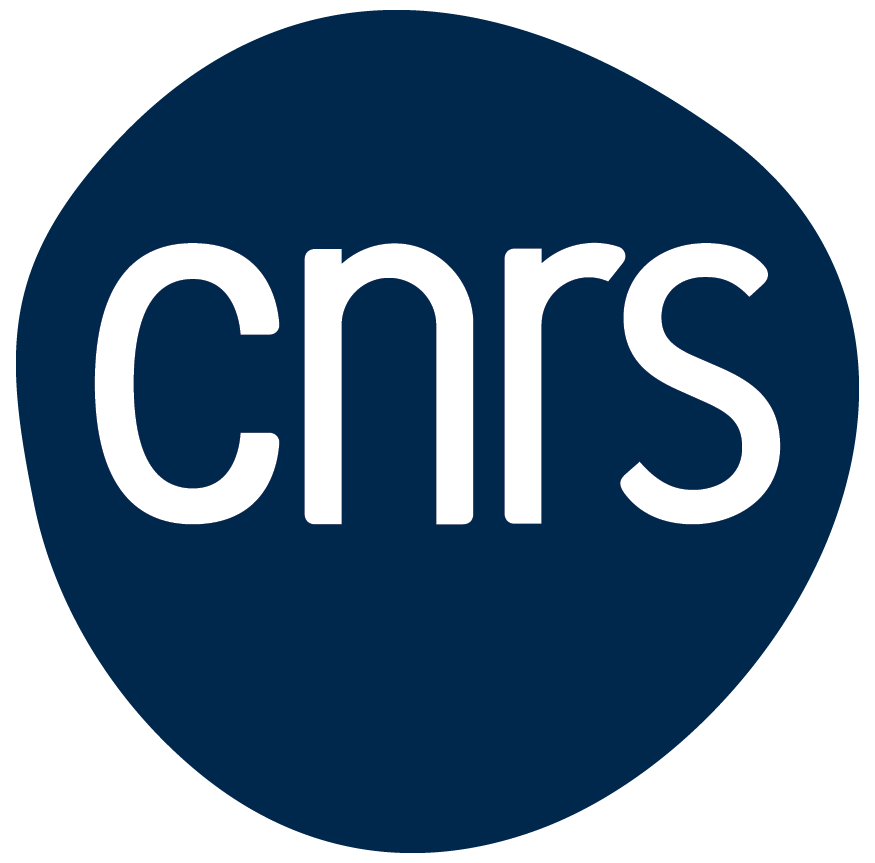An experiment from LKB on the Pauli exclusion principle

Credit: Tim de Jongh et al., Phys. Rev. Lett. 2025.
Electrons, protons, and neutrons are the main building blocks of the matter around us. They have one thing in common: they are fermions. Fermions are particles with a special property—it is impossible to find two of them in the same place at the same time. This concept is known as the Pauli exclusion principle, named after the renowned physicist Wolfgang Pauli, who formulated it exactly a century ago and was awarded the Nobel Prize twenty years later. This rule lies at the heart of quantum mechanics and is essential for understanding the world around us. It prevents matter from collapsing, explains the properties of semiconductors, and determines the structure of the periodic table. However, the Pauli exclusion principle is precisely what makes fermions so difficult for physicists to understand.
In a study published on May 5, 2025, in Physical Review Letters [1], a team of researchers led by Tarik Yefsah at the Kastler Brossel Laboratory in Paris unveiled the clearest images ever taken of the Pauli exclusion principle in action. They used clouds of hundreds of lithium-6 atoms—fermions—cooled to temperatures near absolute zero. These extremely low temperatures enhance the quantum properties of the particles, making the Pauli exclusion principle more evident. The team employed a technique they recently developed to image quantum waves [2]. By first allowing the atoms to evolve freely in space, then freezing them in an optical lattice—microscopic, regularly spaced cages made of laser light—the scientists were able to directly capture a snapshot of the fermionic system, recording the position of each atom. This directly revealed the Pauli exclusion principle, as they observed the atoms avoiding one another.
In the system they studied, Pauli exclusion was the only way the atoms could interact with each other. This allowed them to reveal its effects in the purest possible way. The team specifically examined correlations between the positions of two and three particles, revealing the shape of the “Pauli hole”—that is, the drop in the number of atom pairs and triplets found at short distances from one another. If two particles tend to avoid each other, three such particles are also unlikely to be found close together, as the team’s measurements clearly showed. This may seem trivial, but each added layer of complexity can reveal new physical rules. In systems composed of hundreds of particles—or even trillions upon trillions, as in a gram of metal—this complexity can lead to emergent phenomena such as phase transitions. Thanks to their technique, the researchers can directly study the level of complexity required to explain the physics of the system: are two-particle interactions dominant? Between three-particle interactions? Or even more?
The team has already applied their technique to strongly interacting fermions [3], where the Pauli exclusion principle competes with particle collisions. These systems represent one of the most challenging problems in modern physics. By being able to directly image their properties in the lab, their method will allow them to measure the behavior of complex fermionic systems that even the most powerful supercomputers cannot simulate.
This work was selected as an Editor’s Suggestion in Physical Review Letters. It was also featured in a Viewpoint article in Physics [4] and appeared on the cover of Physical Review Letters alongside two related studies conducted at MIT.
It was recently the subject of a piece in the newspaper Le Monde: https://www.lemonde.fr/sciences/article/2025/06/04/qui-se-ressemble-quantiquement-s-assemble-etrangement_6610502_1650684.html?search-type=classic&ise_click_rank=1
The work of Tarik Yefsah and his team at LKB is featured in Science et Vie (p.26), currently available in kiosks!
An interview with Tarik conducted by École normale supérieure is also available for those who would like to learn more: https://psl.us14.list-manage.com/track/click?u=a3547760fe966c0b8392fd5db&id=c851baef8e&e=d05ee802b3
References
- T. de Jongh et al., Quantum gas microscopy of fermions in the continuum, Physical Review Letters, 134 (18), 183403 (2025)
- J. Verstraten et al., In Situ Imaging of a Single-Atom Wave Packet in Continuous Space, Physical Review Letters, 134 (8), 083403 (2025)
- C. Daix et al., Observing Spatial Charge and Spin Correlations in a Strongly-Interacting Fermi Gas, preprint arXiv:2504.01885
- M. Parish, A Glimpse at the Quantum Behavior of a Uniform Gas, Physics, 18, 89 (2025)
Read also
CNRS Recruitment – Join the LKB
External Recruitment for Researchers (M/F)
Nathan Goldman is among the Highly Cited Researchers
Clarivate list



